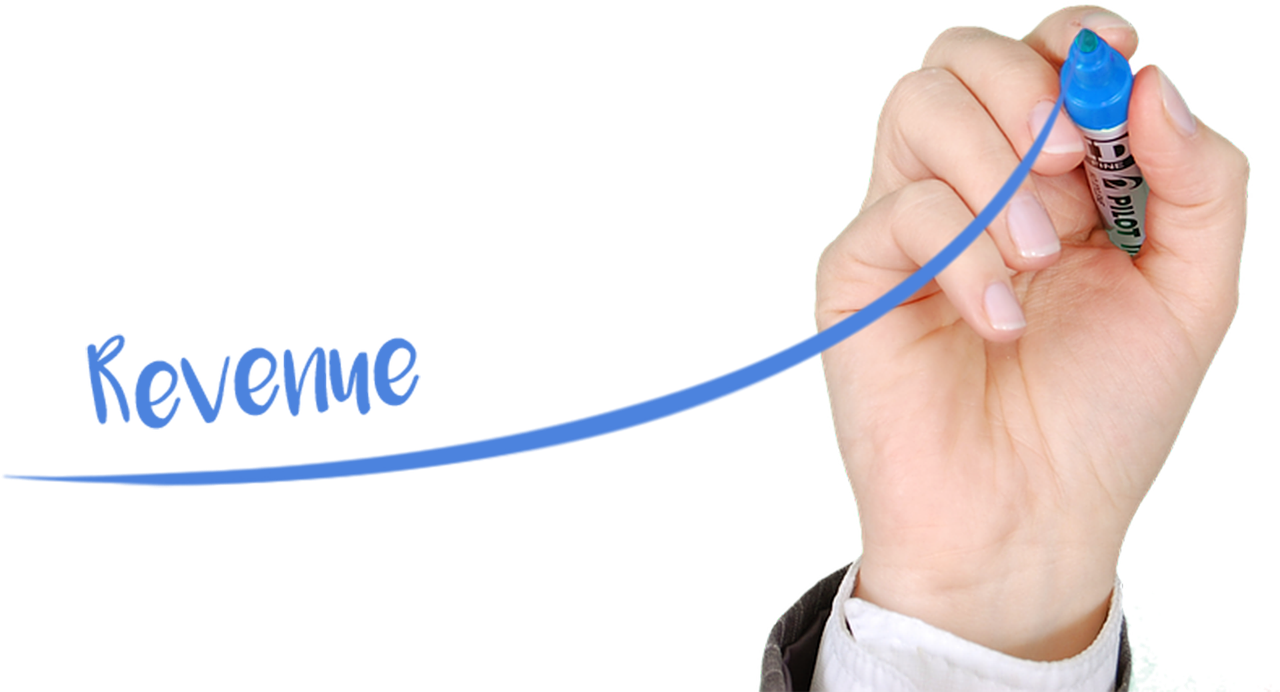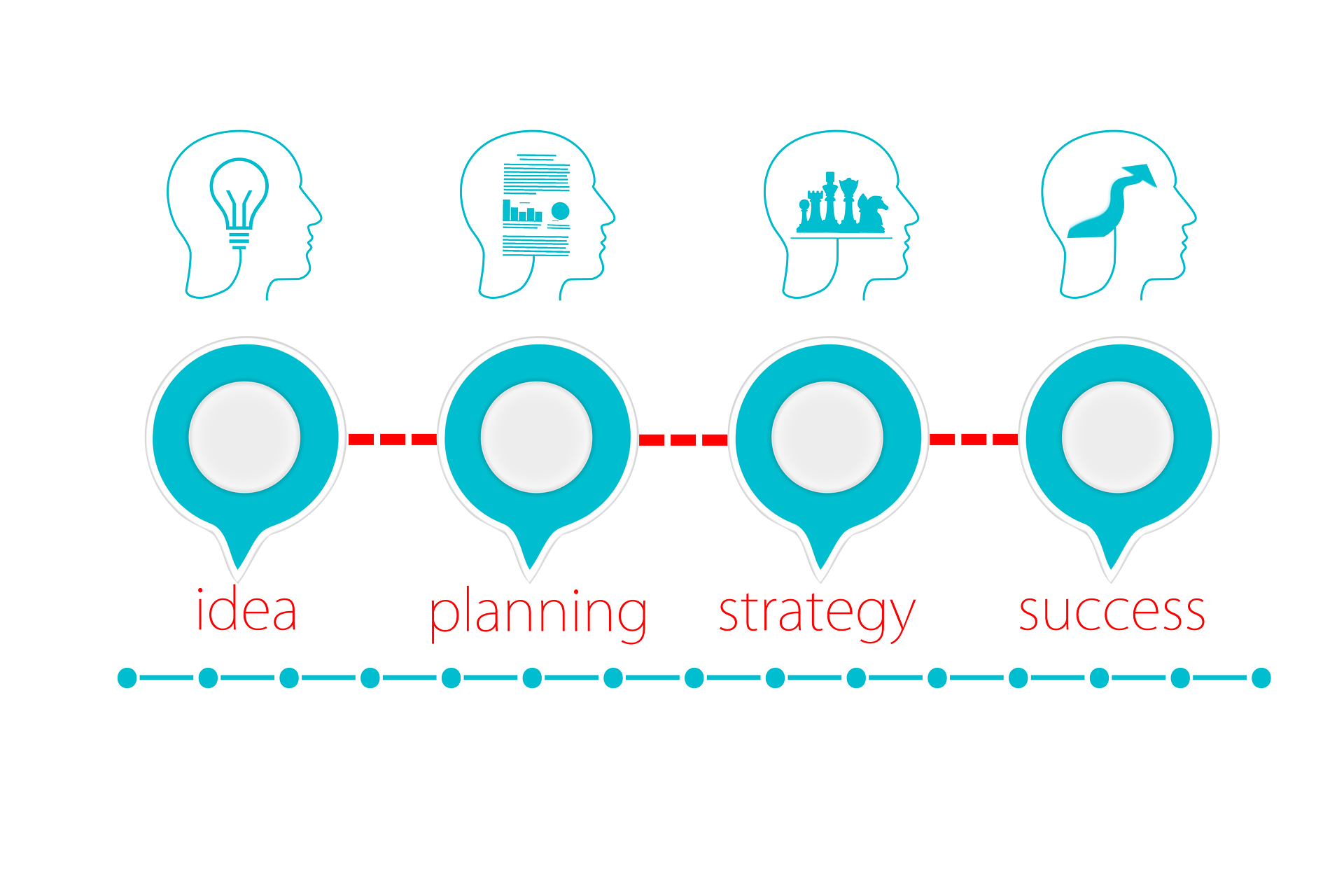If you’re a coach, consultant, speaker, author, expert, or entrepreneur who provides solutions to clients, you must know your numbers!

Numbers are sexy, Grace Lever says.
Without recurring revenue, not knowing your numbers, you don’t have a business, you have a hobby or are running a charity at your expense.
What numbers are important to think of in a business?
Well, after everything is said and done, it all boils down to profit.

“Is the (600M) company you’re CEO of all about profit?” a student asked my husband, who was giving a lecture at Harvard University as a guest speaker.“Is it always all about the money?”
“Absolutely!” my husband replied. “Let me explain why…”
“Assume my company, who employs 300 people, doesn’t make any profit. How do you think will we pay our investors? How do we give out dividends to the shareholders? How do we grow? What about employee benefits, salary increases, or bonuses? What about adding workplaces? What about contributing to the growth of the economy?”
The objective of any business should be to grow.
The more it grows, the more people can be served.
The principle applies to a manufacturing company the same as it does to a service-based business, like a coaching, consulting, or healing practice.
It you’re not growing, you’re only surviving, but not thriving.
If the business does a good job of serving people, whether it’s by manufacturing a great product, or by providing stellar service, it can help more and more people when the company grows.
Your first important number should be the “dollar vision” of your business.

Do you want a 6-figure business? Low (e.g. $120 k/year) or high six-figures ($750k/year)? Or do you want to scale to 8 or even 9 figures? We’ll circle back to that number a bit later…
Even if you have a number that you deem more than sufficient, you want to grow. If you don’t want to spend or save the money on yourself or your family, think of your community or charities.
Next, you need to calculate the operating costs.
What costs do you have in start-up or recurring expenses per month?
Use my free downloadable PROFIT CALCULATOR to write down how much you spend on making the business official (business registration, insurance, legal fees).
Add expenses for a website, e.g. for registration, hosting, and website creation. You will spend money if you use a WordPress theme, plugins if necessary. Maybe you need to pay a web-designer or graphic artist, pay for a logo, etc.
Want to have videos on your website? What about professional video hosting, a video editor, or recording props like a microphone and lighting?
Don’t forget expenses for your computer, a printer, office supplies, maybe office rent.Next add all the software you bought or are subscribing to. Webinar hosting, video conferencing like zoom, email autoresponders, scheduling software, etc.
Include expenses for your educational courses, membership subscriptions, masterminds, travel to conferences.
If you’re outsourcing certain tasks, add money spent on a VA, an accountant, or other team members.Also, don’t forget expenses for marketing. Do you use Facebook or Google ads?
If you’re an author and offer non-digital books or you sell physical goods you need to calculate costs for materials and labor.
If you host your own events there will be considerable expenses added to your list.
Tally everything up, it may be more than you hoped for!

Now we’re getting to revenue, or income.
Where does the money come from?
Naturally you’ll include everything clients pay. When you tally the total, make sure it’s only money in the bank, not what your gross sales numbers are.
Clients could ask for refunds, stop paying suddenly if they’re on a payment plan, etc.
You also need to discount the fee for the payment processor, which usually amounts to 3%.
In the calculator you’ll find the line “client payments – net”.What percentage of client payments do you need to give to your affiliate partners? Subtract those.
Only count what is ultimately left for you.

Did you know that when the “big gurus” have a “million-dollar launch” they must pay up to 80% to affiliates, their team, advertising, and in marketing costs? The “million-dollar launch” nets them about 200k. Not bad, but not a million either…
If you are promoting for your affiliates or JV partners, add that revenue to your income.
If you make book sales, or get author’s compensation, add the net from those.
The same goes for paid speaking engagements or any other revenue you’re generating.
Yay, you have your income number!

Finally, we get to the profit.
Take your income number and subtract your costs.
This is the raw number for your operating profit, or net income.
To get to the real amount of money that’s left over for you to spend on whatever you desire, you will have to deduct taxes and eventual banking fees.
But that’s still not the real surplus. Where does your salary come in? How many hours did you work? What is your hourly rate? You may calculate a different rate internally than what you charge, but do not forget to pay yourself! Why else are you in business?Without extra money you can’t grow the business and you can’t enjoy the worry-free lifestyle you created the business for in the first place!
Your most important number is what’s left over at the very bottom of the calculator, on the last line.

Are you happy with your net profit?Does it pay for your other, non-business-related expenses? Like a mortgage, food, general household expenses, a car or other transportation, clothing, education, vacations, etc.?
Or do you realize it’s not nearly enough…
If you’re hitting a ceiling, or get stuck, what needs to change?
Can you reduce costs? Increase revenue?
Reducing costs can happen in several ways. Go through the calculator again.
What do you have on there that isn’t absolutely necessary?
Maybe you’re paying for software on a monthly basis, yet you never use it. Cancel that subscription!Maybe you belong to a membership program you outgrew or aren’t satisfied with. Cancel that membership!Maybe you work too many hours on stuff that doesn’t bring in money. Take a hard look at your efficiency and time management.
I can tell you from experience: guilty as charged!
I purchased software at a “life-time” deal, to be used later. I never did.I stayed in a membership because the renewal rate was lower than if I’d have to sign up again. However, I never attended the classes or calls anymore because I’d seen it all before. I stayed for the community and the people I got to meet at events, although travel costs for the events were exorbitant. I even stayed in a membership a friend had created because I didn’t want to make her feel bad when I left…
As to working hours on end on unnecessary tasks: goodness, I don’t even want to count the hours I spent cobbling together a web summit, for a few measly bucks of income.
The costs outweighed the income ten-fold. Or more.
Kim Walsh Phillips warns: Don’t do anything that doesn’t bring in money!
Ok, after tossing anything unnecessary you got to bottom line of costs you can’t avoid.
Now the fun begins! Increase revenue!

Remember the first number? Your dollar vision?
How can you get to a profit of 5,6,7, or more figures?
Here comes yet another number: what is the lifetime value of one client? What can you expect to earn from serving a client over yours or their lifetime?
Many people become repeat buyers. Someone might start out purchasing a low-cost offer, then upgrading to high-ticket.
Only you can calculate that value. Confused yet?

This is the formula from HubSpot:https://blog.hubspot.com/service/how-to-calculate-customer-lifetime-value
To calculate customer lifetime value, you need to calculate average purchase value, multiply that number by the average purchase frequency (how many times does someone buy), and then multiply that by average customer lifespan.
Note: average customer lifespan doesn’t mean calculating how many years this person gets to live. It’s the years you can expect this client to buy from you.If you’re focusing on parents of toddlers, for example, you can’t expect them to be needing your products or services for 20 years.
Now that you know this new number divide the dollar vision number by the lifetime value of one customer and you end up with the total number of clients you need to serve.
Does this number scare you? Is it way higher than you thought?
There are only two options. You need to scale your dollar vision down, or you need to increase the customer’s lifetime value.
Let’s look at that dollar vision more closely. Why exactly did you pick that number? Have you seen others that inspire you making that much? Then thought to yourself: I want that too! Maybe you have a dream like everyone else to just win the lottery jackpot and be set for life. Or you hope to have a lucky punch in your business (you know; the old “right time – right place”) and land a celebrity client who brings in more celebrity friend who have all the money in the world…I bet not many people thought further than that.What does it mean to be “set for life”? Do want to stop working, bum around, do nothing? How boring!It’s important to have a vision of your ideal life. How much money do you realistically need to fulfill that vision? Make that your dollar vision number.

The other option, as mentioned, is increasing the customer’s lifetime value.
How?
First and foremost, you want to serve your clients with excellence. Otherwise nobody becomes a repeat buyer.
Next you need to position your offers such that you can increase your fees.
Look at your funnel. What offers do you have out there? Do you believe it’s easier to sell a $497 product than a $ 4700 product? How much easier? 10 times?
You will agree that the higher offer is possibly harder to market, but not 10 times as much.
If your message is aligned with the results you promise your clients, it basically markets itself.
Easier said than done, I know. And to be discussed at another time…
Get clarity about your most important numbers in your business, and use the free fill-outable (is that a word?) PROFIT CALCULATOR to help you.
If you would like to discuss these numbers, see where improvements could be made, let’s chat!
I offer a free “Clarity and Momentum” session.

In this session we’ll:
- Clarify your vision for 2021 → What are some of the things you would need to do to get there?
- Identify key strategic milestone objectives.
- Uncover hidden challenges and blind spots that could be sabotaging your success.
- Create a three-stage long-term plan and next-step action plan.
You will leave this session excited, inspired, and reenergized about your business.
You may go to my scheduler and book a time that’s convenient for you right here:Clarity and Momentum Strategy Session
Note: if you find no availability, try again a few days later! I always open up more spots as I see how the week unfolds.
Also be aware that I’ll ask you to fill out a short questionnaire before our call. I know your time is precious, and I don’t want to waste it. I’d like for both of us to come to the session prepared and ready to rock!If you don’t want to fill out the form, I respectfully must decline your booking.
0 Comments